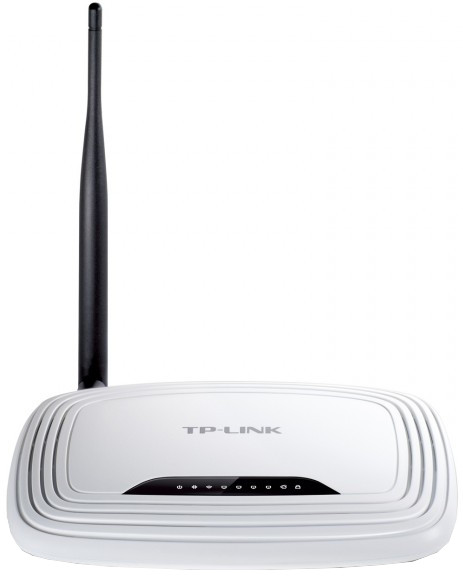To reset a Wi-Fi router, locate the reset button on the back or bottom of the device. Press and hold the button for 10-15 seconds, or until the lights on the front of the router begin to blink or change color. This indicates that the router has been reset to its factory default settings. Once the reset is complete, you will need to reconfigure your router by connecting to it via a web browser and entering your network settings.

Why I Should Reset my Wi-Fi Router
Resetting your router can help fix connectivity issues, improve the overall performance of the device, and resolve problems with the network settings. Additionally, if you suspect that your router has been compromised, resetting it can help to restore the factory default settings and remove any unauthorized access to your network.
Resetting a router can have a few potential drawbacks, including:
- Loss of configurations: All custom settings and configurations will be lost after resetting the router, including network name and passwords, port forwarding, and other advanced settings.
- Connectivity issues: After resetting the router, all connected devices will need to be reconnected to the network, and this could cause temporary connectivity issues.
- Security concerns: Resetting the router will also reset the router’s security settings, including any firewalls or parental controls that were previously configured. This could leave your network vulnerable to unauthorized access.
- Firmware updates: Depending on the router, a reset may also result in the router being set back to an older firmware version.
- Troubleshooting: If you are resetting the router as part of troubleshooting a problem, it may not solve the underlying issue and you may need to continue troubleshooting.
Conclusion:
It is always recommended to try other troubleshooting steps before resetting the router, such as restarting the router or disconnecting and reconnecting devices to the network.
